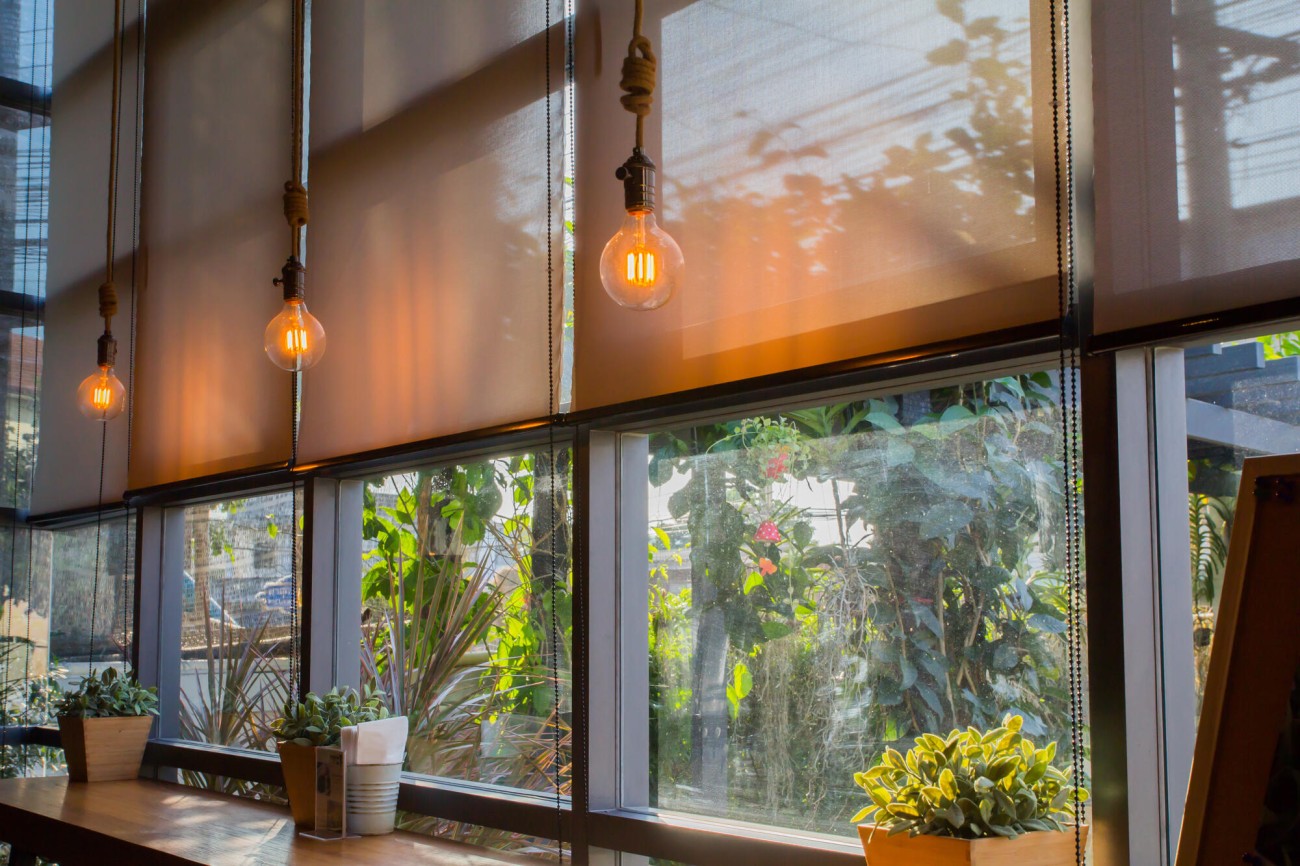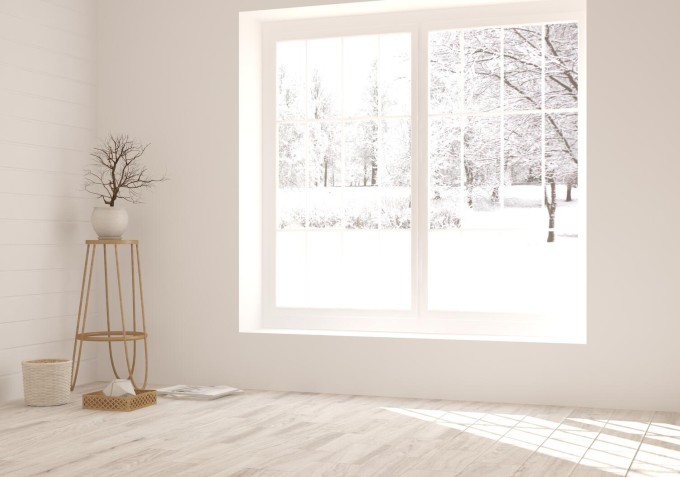How to avoid overheating in your self-build
Most British homes are simply not designed for the scorching, record-breaking temperatures we’ve endured in recent years. The year 2022 has been recorded as the warmest year on record for the UK.
The Government estimates that the average number of heat-related deaths in the UK will more than triple – to 7,000 every year – by the 2050s.
It’s a very real and existential threat with a Loughborough University study finding that over 4.6 million homes in England experience overheating.
Overheating in a home can pose a serious risk, particularly during hot summer months or in climates with high temperatures year-round. When a home becomes too hot, it can put the health and safety of occupants at risk, especially children, the elderly, and those with certain medical conditions.
There is plenty of evidence that many UK buildings regularly overheat in the summer, and a building regulation, Part O, was introduced in June 2022 to try to mitigate that problem in new homes. Part O is to encourage the design and construction of buildings that limit unwanted solar gain during the summer months and provide occupants with adequate means of removing excess heat from indoor environments.
It all makes for stark reading but keep your cool, there are ways to avoid the risk of overheating in a home, and it’s up to self-builders to plan carefully during the design stage.

1/ Install proper ventilation
Ventilation systems can promote airflow and reduce heat build-up. Natural ventilation techniques like cross-ventilation, where windows or vents on opposite sides of the home are opened to allow air circulation, can be effective. You can also consider installing ceiling fans or mechanical ventilation heat recovery systems (MHVR).
2/ Choose quality insulation
By installing correct insulation throughout the home, you can keep the heat out during hot weather and retain heat during cold weather. Focus on the walls, roof and floors and opt for lightweight insulation materials with high thermal resistance such as mineral wool.
Saint-Gobain Interior Solutions provide an extensive range of innovative, high-performance drylining and insulation solutions.
3/ Consider lightweight construction materials
Opt for lightweight construction materials with good thermal properties. For example, foam-based insulation can provide effective insulation while reducing the overall weight of the structure. Lightweight materials, such as timber frame homes, also have the advantage of faster construction and better energy efficiency.
4/ Select solar control glass
Solar control glass is an energy-efficient way to keep interiors more comfortable by preventing excessive heat build-up, reducing the need for costly air conditioning or blinds. This type of glass has a microscopically thin coating on one side that reflects heat from the sun to the outside. This helps to prevent overheating in large areas of glazing. Certain products can also help to reduce uncomfortable glare from direct sunlight.
Solar control glass, such as the SGG COOL-LITE range, can be combined with many other products for multi-functional glazing, noise reduction, decorative glass and enhanced safety and security.
5/ Made in the shade
Install window coverings such as blinds, shades, or awnings to block direct sunlight during the hottest parts of the day. Exterior shading devices like pergolas, trellises, or vegetation can also provide effective natural shade.
6/ Shadow play
Landscaping can provide shade around the home. By strategically planting trees, shrubs, or installing vertical green walls on the south and west sides of the house, you can help to block sunlight and reduce heat absorption. Choose deciduous trees that provide shade in summer but allow sunlight through in winter when their leaves fall.
Always consult with professionals, such as architects, builders, or energy experts, who can provide recommendations based on your budget and building regulations.

Seasons in a self-build
A well-designed home with highly insulated envelopes that is comfortable and energy efficient in the winter will keep the heat out in the summer.